The Organ
This page contains a summary of the Victorian Pipe organ, a specification of the instrument, an outline of the Organ Build Project (pdf), a brief history of the organs of St Michael’s and an image gallery.
To book the organ for practice or rehearsals, please send an email:
bookings@stmichaelsmountdinham.org.uk.
The installation of an historic, Victorian pipe organ was undertaken and completed by Tim Trenchard of Dorset and supervised by Dr Nigel Browne, Diocesan Organ Advisor and former organist of St Michael’s. The organ was ‘found’ by Director of Music Emeritus, Neil A Page who energised the congregation to bring the instrument to St Michael’s in 2013. It was situated in Clayesmore School, Dorset, and had been moved there from St Jude’s, Birmingham. The build, which took around 18 months to complete, was funded by the Heritage Lottery Fund, the Pennon Fund (Viridor Credits) and the Allchurches Trust, together with support from private funders and sponsors.
Members of the Heritage & Music Development Group and the community of St Michael’s delivered the Organ Build project with its ancillary heritage projects, and rolled out over a 5 year period. For a project outline, see the Organ ‘Transplant’ 2013-14 link below.
Dr Nigel Browne describes some of the features of the new organ; The organ consists of five main sections: Great, Swell, Positive, Solo and Pedal. The pipes of the first four are mainly accommodated on large windchests, one for each department, with some small ancillary windchests for particular ranks of pipes. The Pedal department, comprising larger pipes, has separate wind supplies.
The windchests, reservoirs/bellows etc. are supported by a building frame, designed to fit the new layout of the organ into the chamber at St Michael’s. The action has also been revised and updated, with new solid-state circuitry also allowing the provision of couplers and other helpful accessories.
The new layout is logical and realistic, with all sections accessible for maintenance and the various departments sited to best advantage for projection of sound and musical use. In brief, the Great is at the front immediately behind the decorated pipes, with Positive behind and enclosed Solo at the back of the chamber. The solo Trumpet is at the front of the organ for maximum impact. The Swell is up above with the shutters of the swellbox projecting the sound down into the church over the top of the Great. The various pedal ranks are placed to the sides of the manual departments.
All donations are gratefully received to the Organ Fund. Please help us to support the ongoing costs of maintaining the organ by using the link at the foot of this page. Thank you.
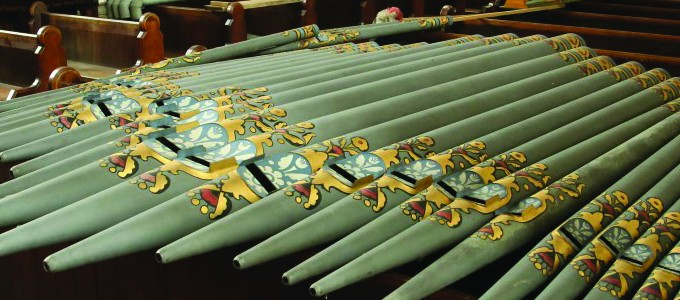
A Brief History of Organs at St Michael’s Mount Dinham.
When the church was consecrated in 1868, it contained a fine 3-manual, 22-stop organ built by Hill & Son. This instrument, maintained by the Plymouth firm of Hele & Co, served the church well for nearly a century, but in 1967 a water incursion into the organ chamber caused serious damage to the works.
In the spirit of the times a 4-manual Compton electronic organ was purchased in 1968. This had a massive 84 stops but apparently only 2 nave speakers. When this instrument failed in the early 1990s, it could not be mended. As a stop-gap measure (his own phrase), organist Charles Argall kindly lent his 3-manual 35-stop Wyvern electronic to the church. With St Michael’s generous acoustic, skilful playing and a row of speakers lodged on the edge of the organ chamber, it performed well for over 20 years.
After several years of searching, in 2010 we found a pipe organ about to become redundant which seemed to be ideal in sound, size and heritage for the needs of St Michael’s. This organ was built in 1867, for the Victorian church of St Jude’s in the centre of Birmingham for £300. The instrument was extended to 3 manuals, 29 stops in 1908 by the well-regarded firm of Bishop, and again to 35 stops in 1952 by W.J.Bird. Sadly, by 1971, the redevelopment of the centre of Birmingham meant that St Jude’s was demolished and replaced by a multi-storey car park.
However, the organ was saved and, around 1983, rebuilt by Deane of Taunton with the addition of some fine solo stops in the chapel of Clayesmore School in Dorset. After nearly 30 years’ service, the school reordered its chapel for more space and purchased a large electronic organ. So the St Jude’s/Clayesmore organ again needed a new home. Thanks to generous funding from HLF, Viridor and Allchurches Trust, along with money raised by members and friends, St Michael’s had this great opportunity to rebuild this fine instrument here.
As well as leading the congregation and accompanying the choir, it is now available for organ recitals, teaching and practice, and encourage wider use of our beautiful church for a variety of concerts and recitals. For a fuller History, see the Organs at St Michael’s. For a Timeline of our new pipe organ, see the Organ Timeline, and for the full organ specification prepared by Dr Nigel Browne, see the Organ Specification.
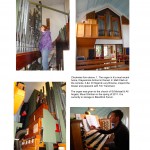



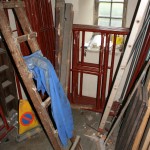



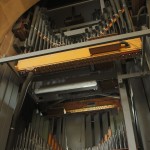
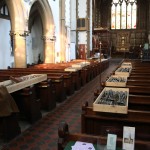
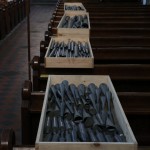

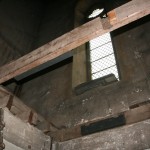

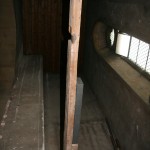



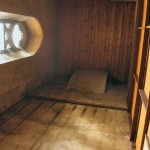
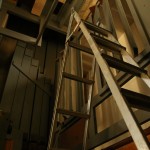


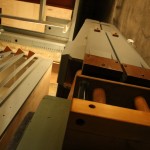
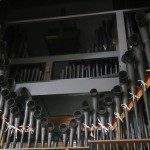
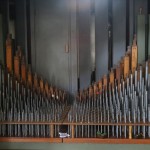
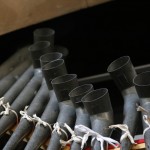

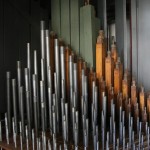
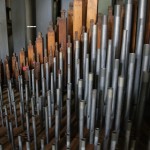



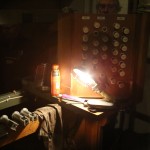

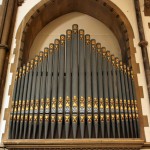
 Nigel Browne at the organ
Nigel Browne at the organ